The Pentax P30 series (P3 in the US) is often not at the top of the SLR shopper’s list. But these models are actually quite capable, abet slightly flawed, and are a cheap way into the fantastic K mount series.
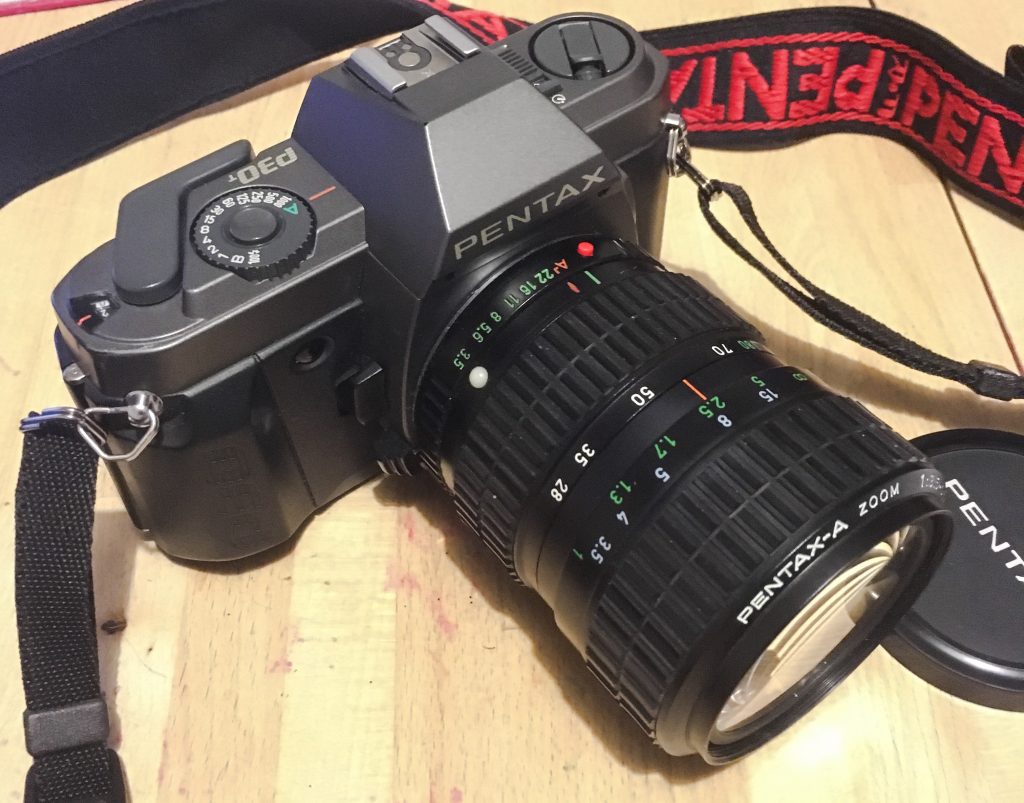
That latter point is key. I’ve said before the optic quality for a SLR body is meaningless – that all depends on the glass you fix on the front. And boy do you get a huge choice here – Pentax are the true masters of backward compatibility with the K mount. You can use one of the earliest K mount lenses that came with the first K cameras in 1975 on a current Pentax DSLR and shoot it in at least non metered manual mode (in most cases you can use Aperture priority mode and if available stop down manual mode metering). The new shiny lens on the DSLR can be mounted one of the manual 1975 bodies but you’ll be stuck at f/22 due to the lack of a manual aperture ring and possibly with a cropped image (dependant sensor size). Almost all Pentax cameras offer some degree of compatibility with old and newer K mount lenses (there are some exception however check the mosphotos.com Pentax compatibility guide – some of the MZ/ZX series for example are not so great)

Pentax P30T Body Specs
- Lens Mount : Pentax K
- Focus: Manual
- Metering: TTL centre weighted
- Weight: 500gm (no batteries)
- EV range *: 1-18
- Shutter: 1-1/1000 +B
- Battery: 2xSR44/LR44
- DX Coding: 25-1600
Our P30 series sits in the Goldilocks zone for lens compatibility. Not only will it work with almost ever manual K mount lens with metering but it’ll do the same with AF K mount lenses (you’ll need to focus mind and you’ll still get the cropped frame issue on some digital lenses). You can even use M42 screw lenses with an adaptor and there was a range of other K mount lens makers like Ricoh (note some Ricoh MF lenses are known to get stuck on Pentax AF/digital bodies due to a small extra pin)
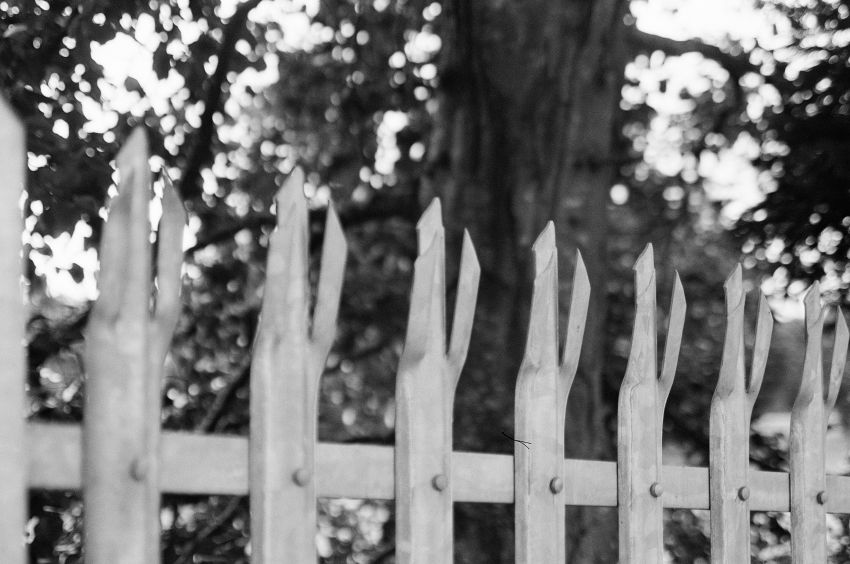
The original P30 lauched in 1985 is a small K mount manual focus SLR body. It offered shooting in a full automatic programmed exposure mode but for the more tricky shots you could move to full manual (there also was the option for Bulb and dedicated TTL flash). The later P30N and the P30T importantly add an Aperture Priority mode (AP) and a cable point. The P30T featured here was the last in the series and only really differs from the N by having a diagonal rather than horizontal split focus circle and a plastic film door.

Plastic is a common theme here as much of the camera was made mainly in It. It still feels fairly solid and the grip on the right side works well. You get an electronic timer, cable point, film window on rear and exposure lock button but even better there is a Depth of field preview button. Oddly there’s no EV compensation dial which given this a DX coding film speed setting camera is a major oversight IMHO. Film is manually wound on but features an easy load system (there’s no option here for an autowinder – the closely related P50 (P5 in US) does have the option). Nor can you change the focusing screen or lock the mirror.
So how does it shoot. Remember in terms of the final image the camera body adds nothing optically. It is all about exposure and ease of use. The camera has an on off switch but metering doesn’t start til you touch the shutter (it remains on even after you take your finger off. The viewfinder is a joy to use fairly bright and big and uncluttered with only shutter speeds LEDs lightning up on left margin. In program mode a P appears at the top and the selected speed. In AP and manual the current speed and target speed are shown. There is a central focusing microprism ring around the split screen focusing aid.
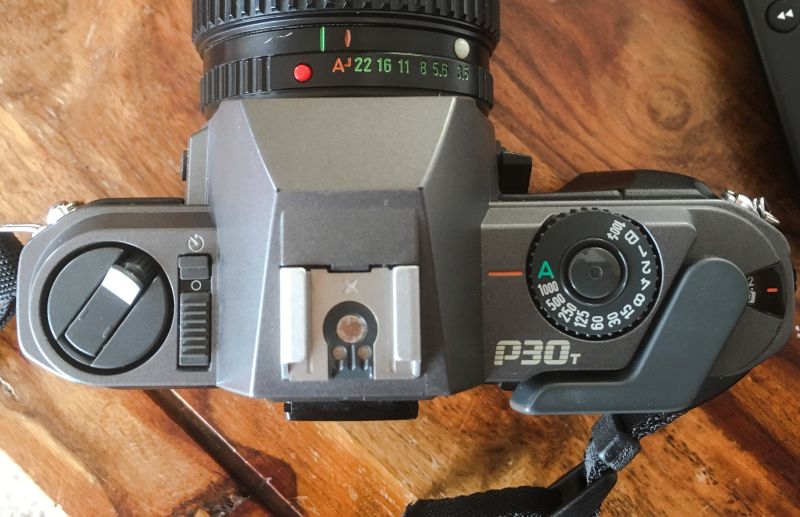
For exposure you’ll need to set the camera for its mode
- Program – Using manual focus K-A or later lenses press red button on aperture ring and move to A. Newer AF lens with automatically be in this mode. With the P30 you can set the shutter dial to any speed but the P30N &T needs the shutter dial set to A too. Note manual lens lacking A on ring can’t be used for program.
- Aperture Priority (P30N & T only) – Keep shutter ring at A and if needed depress the red button on Apeture ring and move off. Set Apeture to desired F stop (not option on lenses without Apeture ring)
- Manual with metering – Press red button on Apeture ring on K-A lenses and move off to an Apeture setting (older lens this isn’t an issue). Set the desired shutter speed and adjust both as needed
The camera uses centre weighted TTL metering. Whilst this was becoming outdated with matrix metering systems appearing with AF cameras, it is still pretty good and I found the camera was pretty good even in complex light situation. The program mode is pretty basic when you look at the charts in the manual reminiscent of the auto exposure seen in 70’s compacts. It doesn’t have as wide a shutter range as my Nikkormat EL a camera over a decade older but then again you’re unlikely to miss a 2 or 4 sec setting. However the lack of EV compensation is a noticeable irritant forcing you to calculate in manual mode. Shutter isn’t quiet but isn’t the loudest.
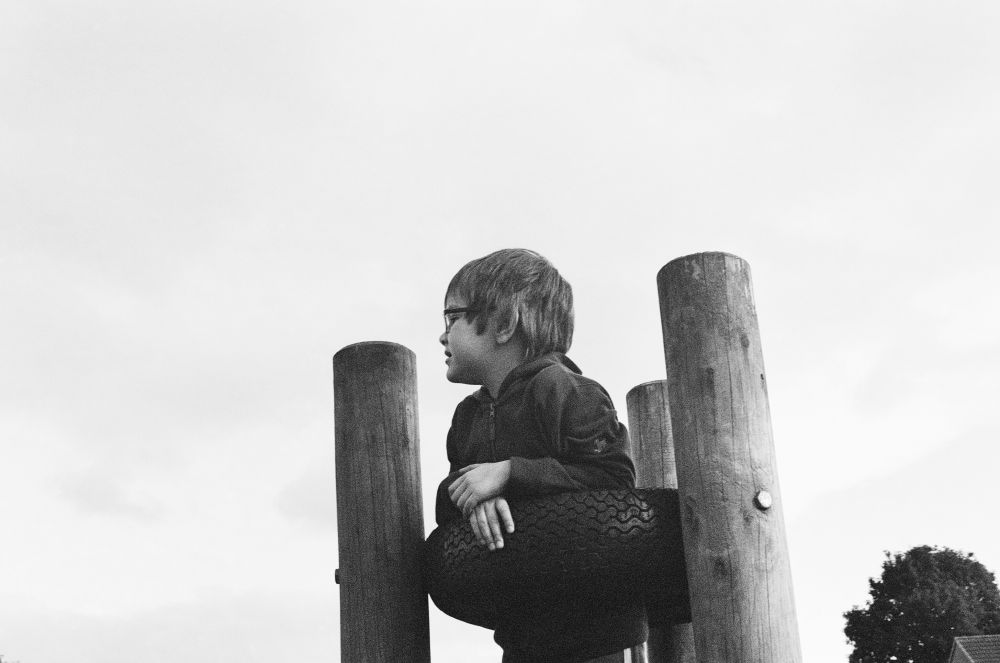
Flash has impressive support. With the correct dedicated unit you can shoot in Program auto, AP or even for slow sync. The camera can support non dedicated units using 100/ setting but you’ll need to make sure your unit won’t fry the camera.
This is often maligned as a low-end plastic number which wasn’t even made in Japan (try finding a camera these days that is) but it is well made and has mind-boggling lens support. The big issue is the lack of EV compensation. If you can live without that and want or have K mount lenses then this is steal. I’d buy the P30N or T to get the AP option and cable point. The related P50/P5 addresses the EV compensation issue but you’ll have to live with LCD screen instead of shutter speed dial.
What I paid & What it sells at
- £9.99 + postage with a 28-80mm Pentax K-A lens
- None currently on eBay (30/07/16)
- Recent eBay sells bodies only from £4-15.
Why buy
- Fantastic lens support
- Lightweight
- Overall competent at what it does
- Cheap batteries
Why Not
- No EV compensation
- Gun metal colour
Alternatives
- Ricoh XR 500 Auto – AP only K mount camera of the era
- Pentax ME Super – Earlier ‘classic’ with AP & manual modes
- Nikon FE – Nikon that offers similar lens compatibility
Helpful links
- Pentax lens compatibility guide at Mosphotos.com
- Pentax P30/P3 on Camera-wiki.org
- Pentax P3 (P30) manual at Butkus.org
- Pentax P3N (P30N) manual at Butkus.org
- Pentax P30T (P3T) manual at Butkus.org
- Pentax P30T Review (Czech) & manual on Milan Dvorak’s site
- Pentax P30T review on Matt’s Classic Cameras
- Pentax P30T review at Pan’s Film Cameras

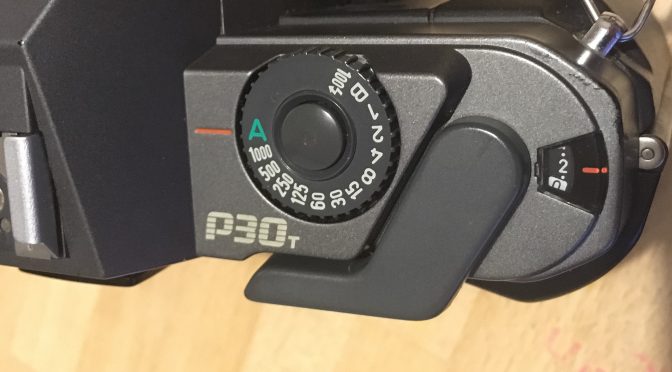
Alan, a great camera to recommend, something of a lost model in the Pentax range. As you said, most people look for the older ME, ME Super etc.
I’ve had a couple of P30Ts and a P50 and they were fun to use, and gave excellent results. I used mine with K mount lenses – three I’d highly recommend are the Pentax-M 50/1.7, Auto Chinon 50/1.7 and Ricoh Rikenon 50/2.
The Pentax and Chinon lenses are fantastic, there’s very little between them. The Rikenon 50/2 was a real surprise, capable of brilliant images, and the smaller (later?) version is very light and compact, a great companion to the P30T. You could use that combo for the rest of your life and get consistently pleasing images.
If you want the shutter priority and program modes also, go for a Pentax-A lens. The 50/1.7 is optically identical to the Pentax-M version I believe so can also give stunning results.
The only thing I don’t like with the A series lenses is the plastic aperture ring, it just feels a bit cheap compared to the metal one on the Pentax-M lenses.
Unfortunately the shutter stopped working on one of P30Ts, it just went dead one day, so it was likely an electronics issue. I don’t think this is common though, given how many are still around on eBay in good working order.
I would also suggest the slightly older (and in my view superior) Super A. This is probably my favourite Pentax M or A body I’ve used, and is brilliant in almost every way. It feels much sturdier and better built (more metal) than the P30.
The only downside is the silly aperture/ shutter speed display in the viewfinder. It’s digital, too small and too dark.
On the plus side it’s right at the bottom below the main VF so if you’re shooting Program mode or aren’t too concerned about double checking the shutter speed when on Aperture Priority, you can ignore the digital display and enjoy the large bright clean VF.
They tend to go for a bit more than the P30 but are still a bargain, like so many film cameras these days…
Thanks Dan. Your knowledge on K lenses is very helpful (esp as I’ve got the 50/2 Rikenon )
I have a P30 that went dead . It boiled down to the need for new batteries .I prefer a camera that keeps going when that occurs .
I agree, this is an absolute bargain at the prices they go for on eBay. I just bought a second P30T this evening for £13.
I’m off skiing soon, and don’t fancy risking falling down a hillside with a mint MX or the K1000 that I’ve owned since I was 11 in my rucksack. Better still, the P30T is light enough that I suspect I’ll take both bodies out at once so I can shoot two different films.
By the way, I often work around the exposure compensation issue by pointing the camera at a part of the scene that I think will represent the exposure I want, pressing the exposure lock button, then recomposing and shooting. It’s not always an option, but works well when it is.
I agree – the P30s are the unsung heros of film photography.
They have the key tools you need for high quality film work:
[1] depth of field preview (you need to have a high spec Nikon to do that)
[2] manual exposure option with a photodiode cell and a bridge circuit (voltage independent) so YOU can balance the aperture and speed for the most creative image (not the camera program)
[3] exposure compensation is not needed – because you can switch to manual (you can’t do that on a Nikon EM can you!) or if in automatic use the “memory lock” button
Finally they have the winner point for buying today – they are in plentiful supply on auction sites, are inexpensive to buy, cheap to run on standard batteries, have electronic shutters and Silicon diode exposure that keep accurate and fit mount K lenses from any maker (even those Ricoh ones with annoying aperture pins). In the end – all cameras are a box with a light path from lens to film. More mechanics and electronics in the end cannot improve the image.
In the last 6 months I have picked up 3 of them (when one breaks I’ll have a spare or 2) – along with a range of lenses from 28mm to 200mm for the price of one well used Nikkor 135mm f2.8 (One P30 was GBP £2 with a 50mm lens only last week). So that should set me up for the next 10 years of film photography then!
Yes – there are program, motor driven, matrix meter, autofocus Pentax cameras to buy instead – but for that type of photography I will use a digital camera with 50 point AF and 100 area matrix metering at burst frame shooting speed with tracking autofocus! Just like “slow food” – welcome to the world of “slow photography”.
Good points Paul. The P30 is a nice camera and it’s short comings are only if you shoot off limits like using expired film (and even then you’ve manual mode. I’d still like a EV dial though 😉
I have had a P30T from new, it was my first SLR and was sold as a kit (P30T plus 28-80mm zoom and AF260sa flash in a small bag) loads of these combinations on ebay. Its a great beginner camera that i still use regularly. I also have 2 super A bodies by comparison.
What I like about it; compact, nice clear speed readout which as a lefty I can still see with the ‘wrong’ eye. Whilst is metal/plastic it feels comfortable to use and is quite tough. It is also lightweight and balances well with the 50mm A 1.7 and 28mm A 2.8 lenses. Its now very cheap to buy and as a later model manual camera is a good buy for reliability.
Negatives; I also use it with a 50mm A 1.4 but this leaves it a bit unbalanced weight wise (better with the heavier mainly metal Super A). Its doesn’t have the classic look of the earlier cameras but its unobtrusive to use and doesn’t shout steal me either so this can be a benefit.
I have never found the lack of EV compensation to be a problem as the Memory Lock (ML) feature allows to you achieve the same end in program or aperture priority. To the extent i find myself trying to do this on the super A only to turn on the viewfinder light instead!
The P30T/N are cunning bargain cameras for K mount shooters. They don’t have the cachet of the all metal numbers but as ever with any SLR it’s 80%+ the glass that matters not the body.
I bought a cheap Pentax P30t from e-bay in mint condition. I am using a 28mm Pentax lens and the results are brilliant. This camera, like my Leica R8, cannot take a bad photo!
Great value camera which only compromise is the DX coding with no manual override or EV comp (although you can manually do that). Pentax glass is comparatively cheap but good and there’s tons of 3rd party lenses